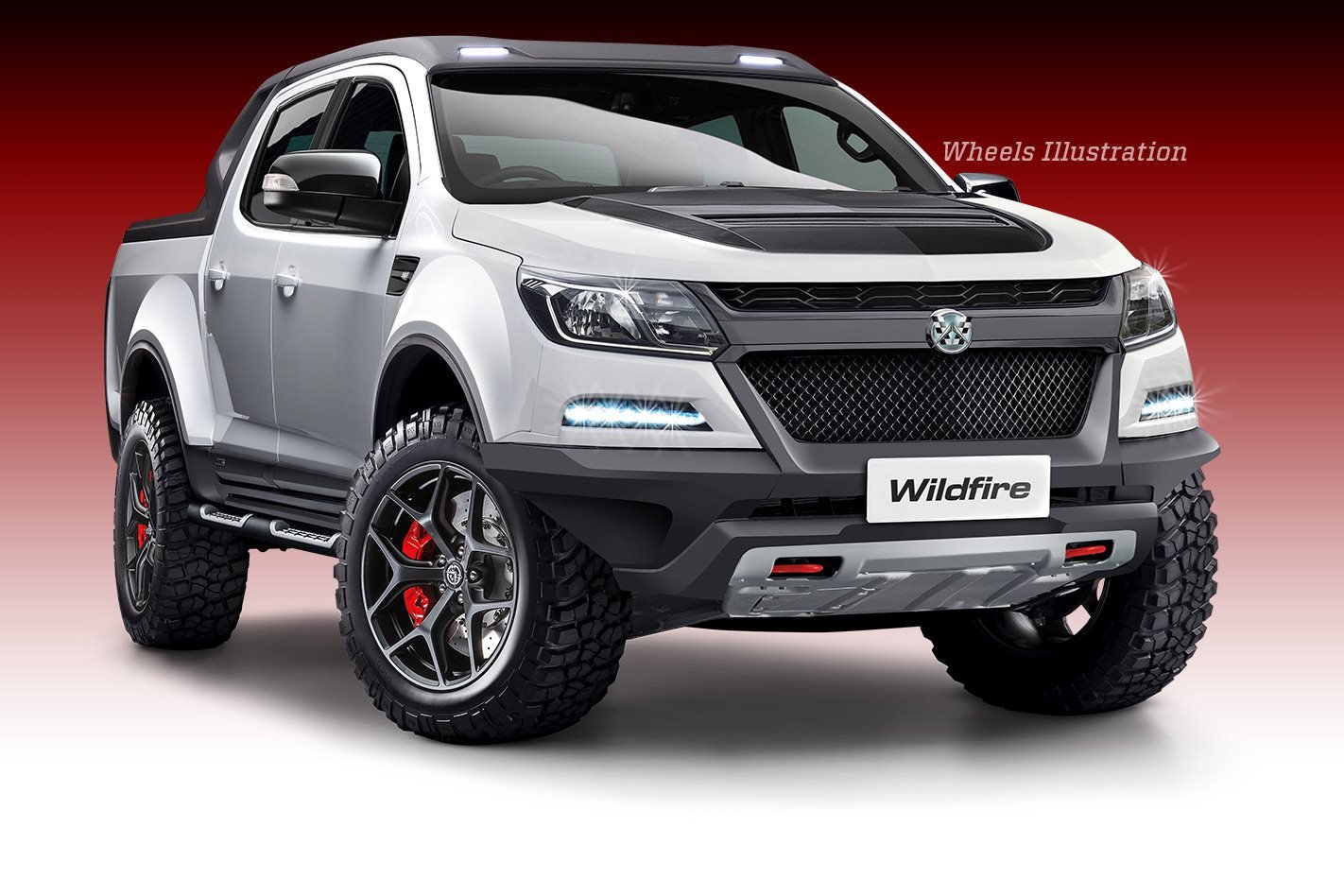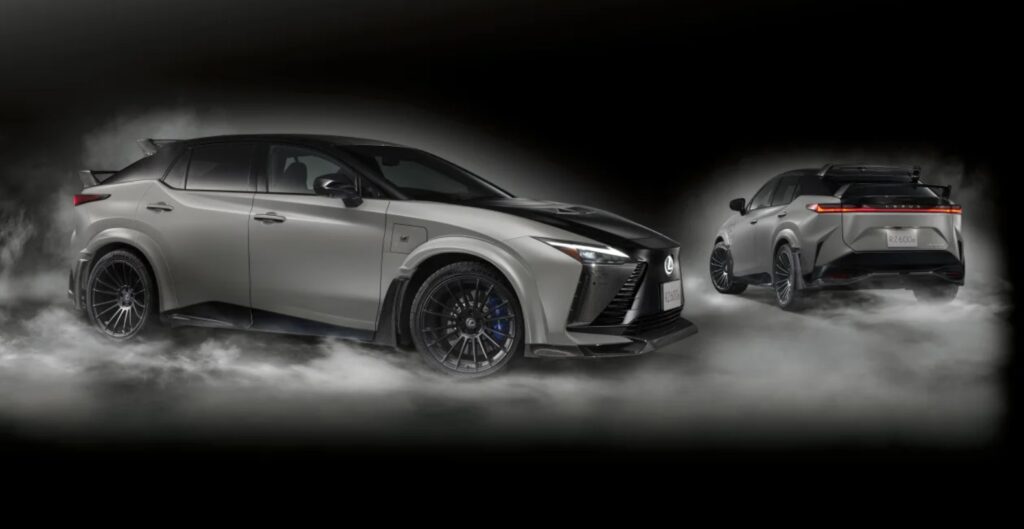WALKINSHAW Performance is readying a 300kW-plus twin-turbo V6 version of the Holden Colorado as a spiritual successor to the V8s that have dominated the local muscle car scene for decades.
The top-secret project – known as Wildfire, a name recently registered by the Walkinshaw Group – involves shoehorning the LF3 3.6-litre twin-turbo V6 used in the Cadillac CTS V-Sport under the bonnet of the Colorado dual-cab 4×4.
It arrives as brands such as Ford, Toyota and Mercedes-Benz look to expand the reach – and performance – of their top-end utes.
For the Walkinshaw Group – which also produces HSVs for Holden – the Wildfire is the first step towards a new breed of high- performance road cars.
However, the company is tight-lipped about the Wildfire project: “We make a point of not discussing future models or business strategy,” said Walkinshaw Performance general manager Gary Beer.
“There are many projects we are exploring, but until we have a specific vehicle solution in place we won’t be adding to the speculation.”
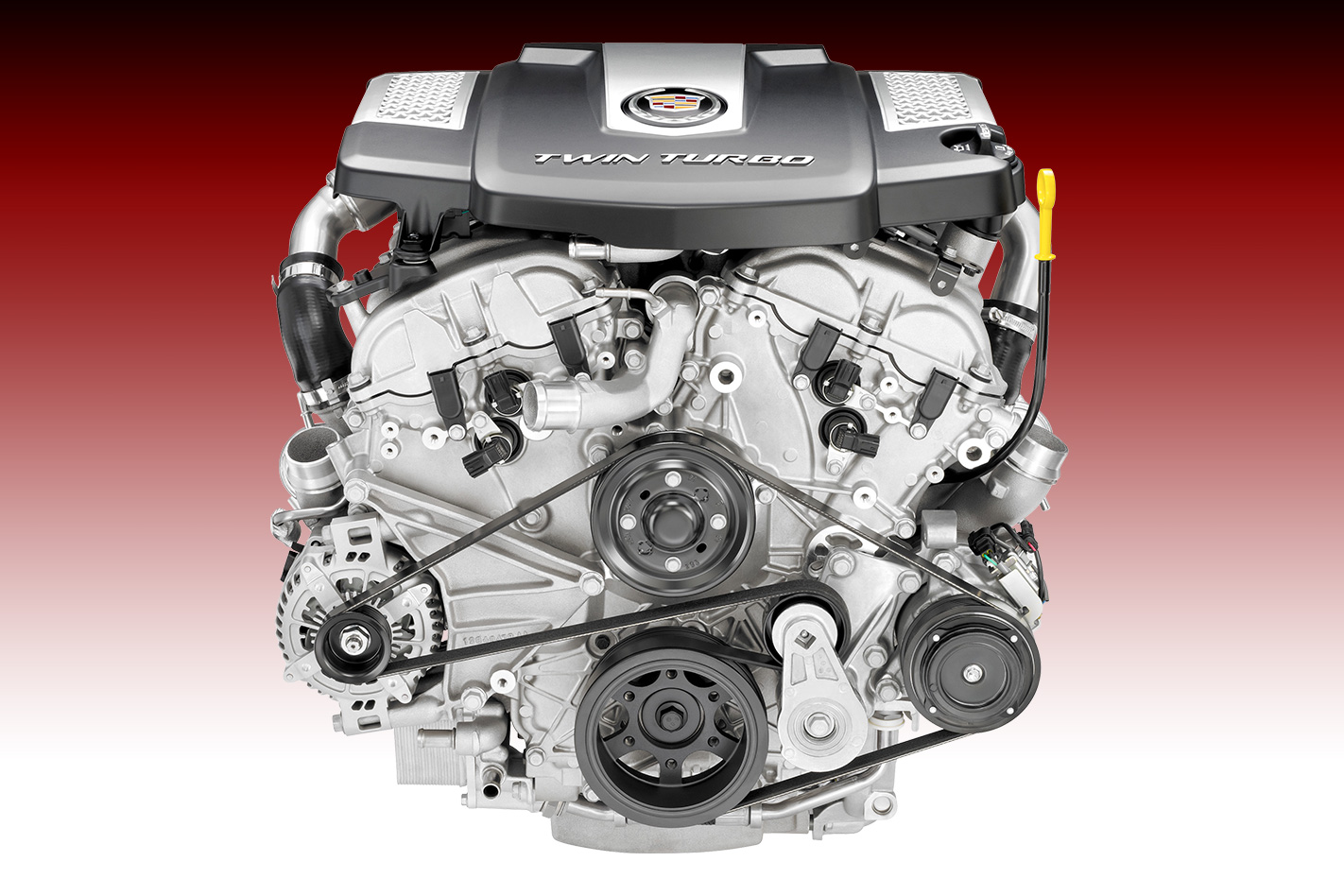
The Wildfire will be based on a Colorado 4×4, which uses a part-time four-wheel-drive system without a centre differential, limiting its all-paw use to loose surfaces such as sand or gravel.
While the Wildfire project is yet to get the green light – as the HSV W1 did through its early development phases – engineers have already trialled the engine locally and are working through numerous challenges, many of which involve developing software to get the Cadillac engine ‘talking’ to the rest of the Colorado’s electrical architecture.
The design element is more straightforward and, despite the project being in its infancy, has already been envisioned.
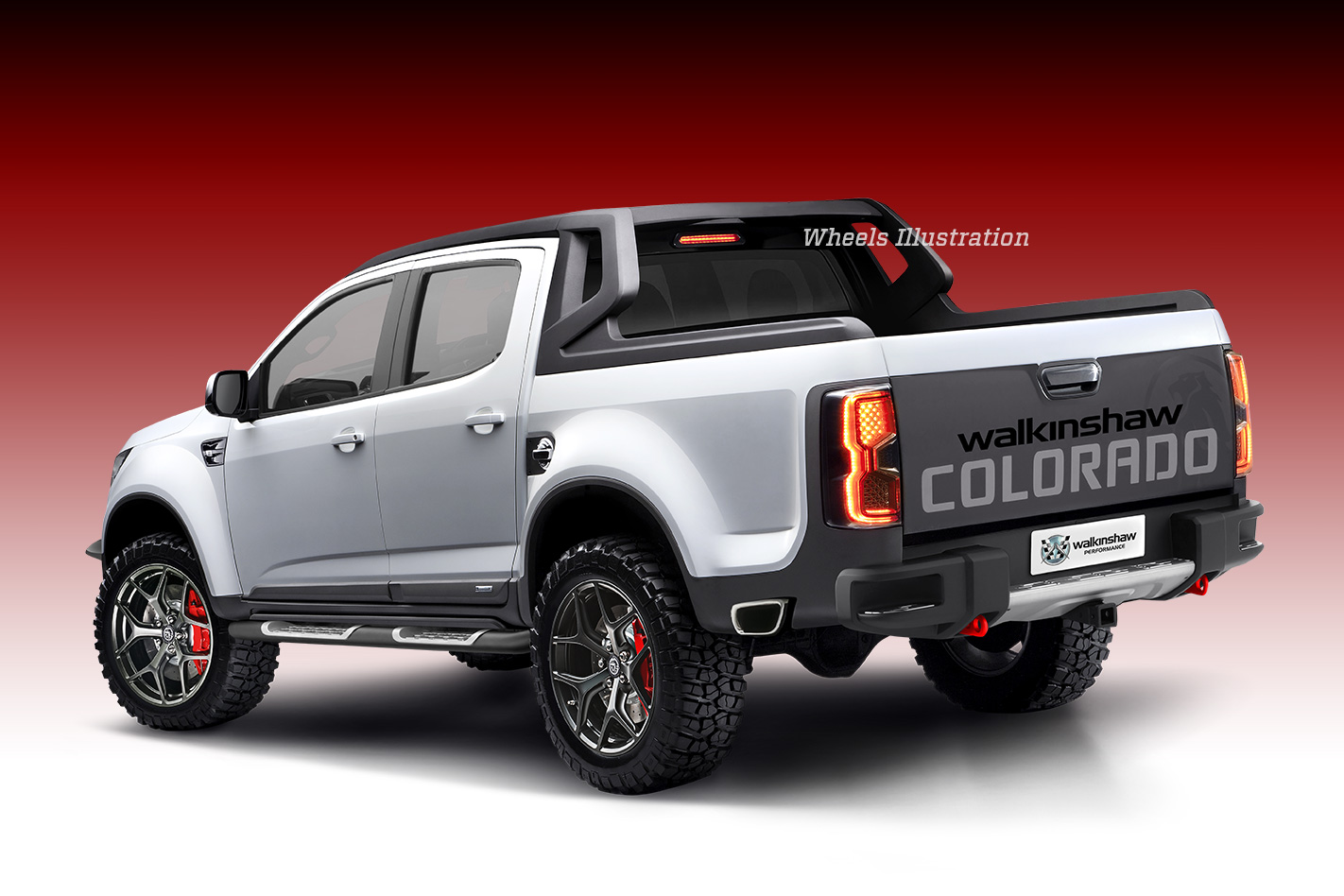
The matte black theme will continue throughout, while designers are also expected to utilise HSV’s skills in altering body panels. Like the HSV W1, the Wildfire could get flared front wheelarches to house larger, more aggressive rubber.
An early development mule has been spotted with a disguised tailgate, suggesting the Wildfire could get a similar treatment to HSV’s Maloo ute.
As with rival dual-cabs, the Colorado’s relatively high centre of gravity, ladder-frame chassis and leaf-spring rear-end are creating headaches for chassis engineers used to tuning the superb Zeta architecture from the VE/VF Commodore.
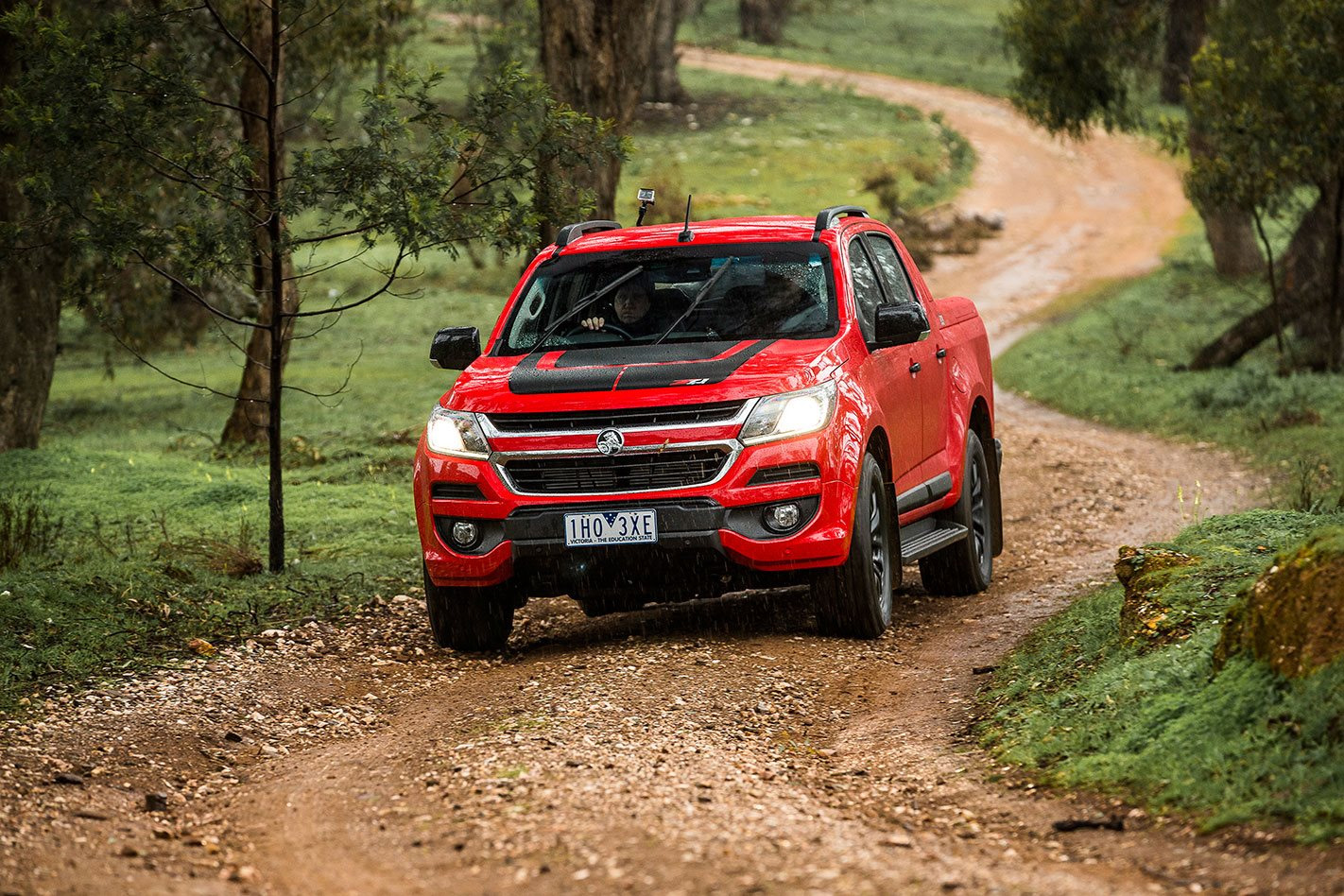
Also expect sizeable AP Racing brakes, something that would leverage the Walkinshaw Racing relationship.
However, despite the substantial suspension development, engineers are committed to ensuring the Wildfire maintains the Colorado’s off-road nous. If it’s given the green light – engineers are quietly optimistic – the Wildfire would have a seriously broad remit and be one of the few cars to undergo extensive development work on race tracks and dirt trails.
But it’s what’s beneath the skin that promises to separate the Wildfire from the emerging breed of go-fast utes.
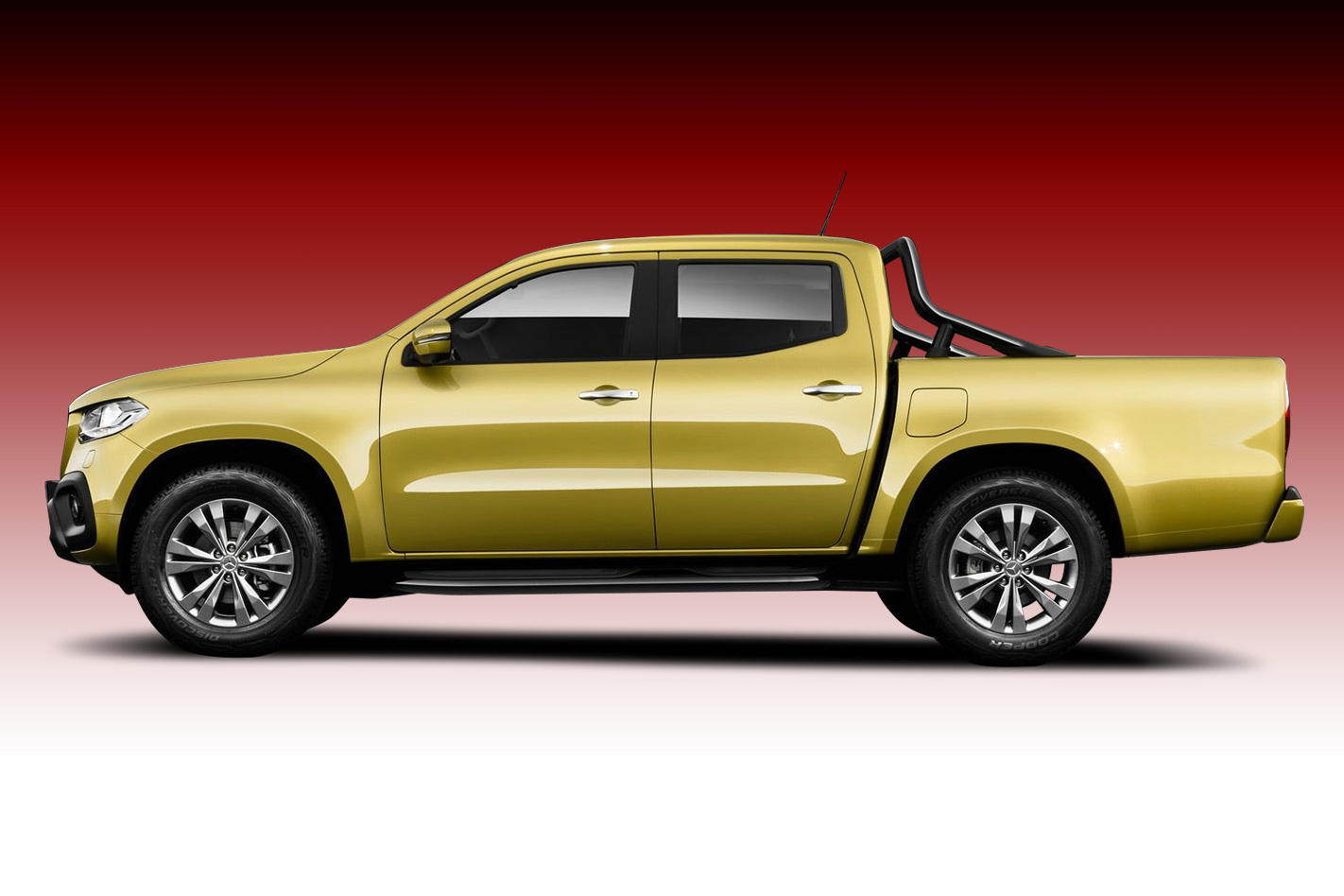
Crucial to the Walkinshaw Colorado is its move to use a petrol powertrain. Whereas the ute market is almost exclusively diesel, the twin- turbo V6 ups the performance ante big time, all but guaranteeing a monstrous leap over rivals, the most serious of which is shaping up to be the Ford Ranger Raptor.
While Ford announced it is deep in development of the fettled Ranger, it has not confirmed what engine will be used.
Like the rest of the Ranger line-up in Australia, the Raptor will utilise a diesel powerplant.
Engineers are currently working on a new 2.0-litre four-cylinder turbo-diesel, which would outpunch the 147kW/470Nm 3.2-litre five-cylinder in the current Ranger.

It’s that dual personality that is shaping the new breed of hot utes.
HSV is also working on a version of the Colorado, although that car will use a diesel engine.
Toyota, too, is looking to capitalise on interest in its TRD Hilux with a fully fledged model rather than the dealer pack that was a toe in the water.
Engineers are currently working on a more serious iteration of the TRD. However, don’t expect any changes to the modest 2.8-litre four-cylinder diesel, with 130kW set to be the limit for the medium term. Instead the efforts will be on styling and off-road capability; think big wheels and suspension, along with additional underbody protection.

While executives have long ruled out the X-Class picking up the 4.0-litre V8 AMG engine – Aussies would love it but the rest of the world may not be as enamoured – AMG design tweaks are on the way.
That would likely flow through to suspension and wheel/tyre set-ups designed more with corners in mind that worksites.

